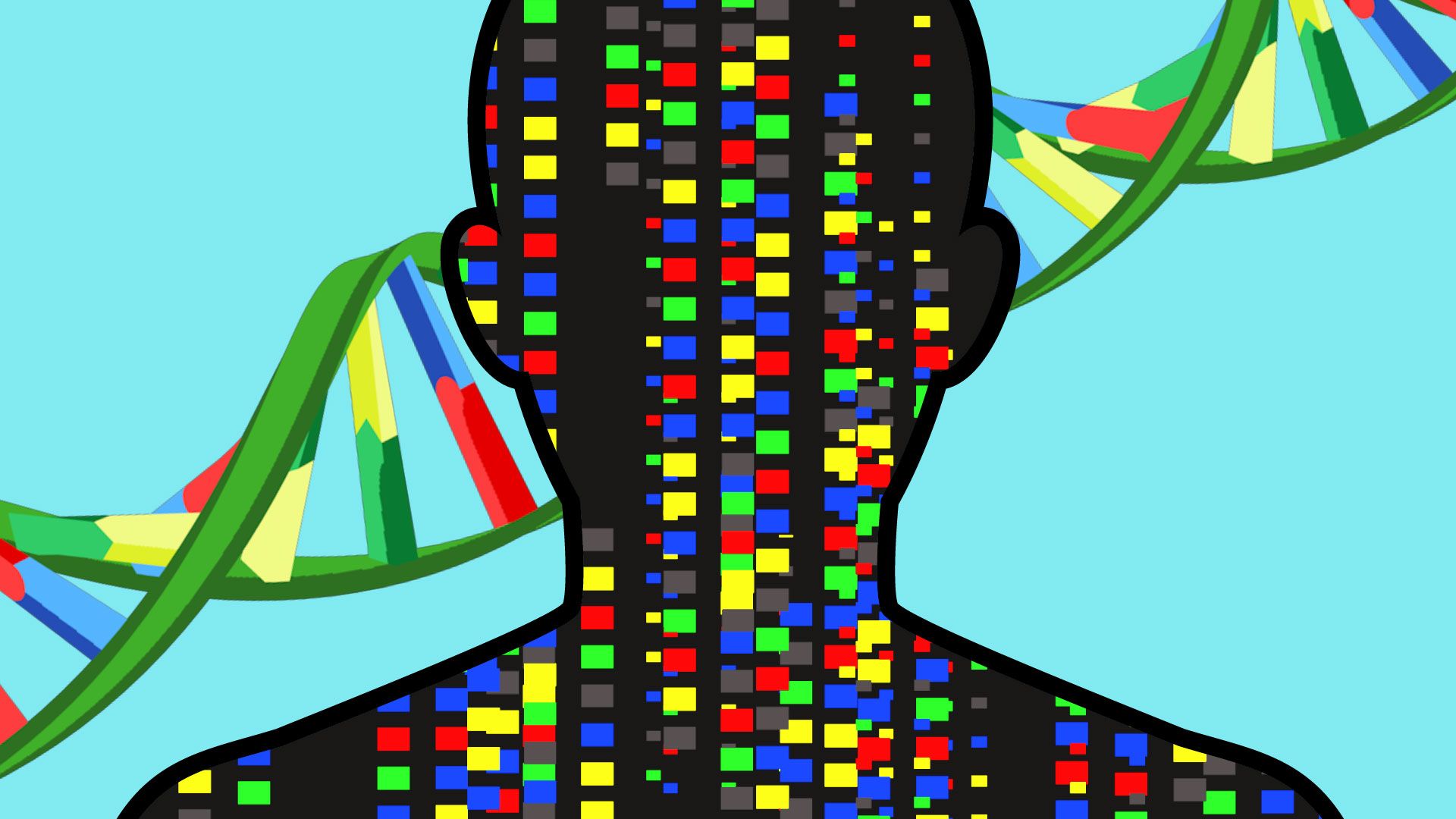Scientists have linked hundreds of genes to intelligence. One psychologist says it’s time to test school kids.
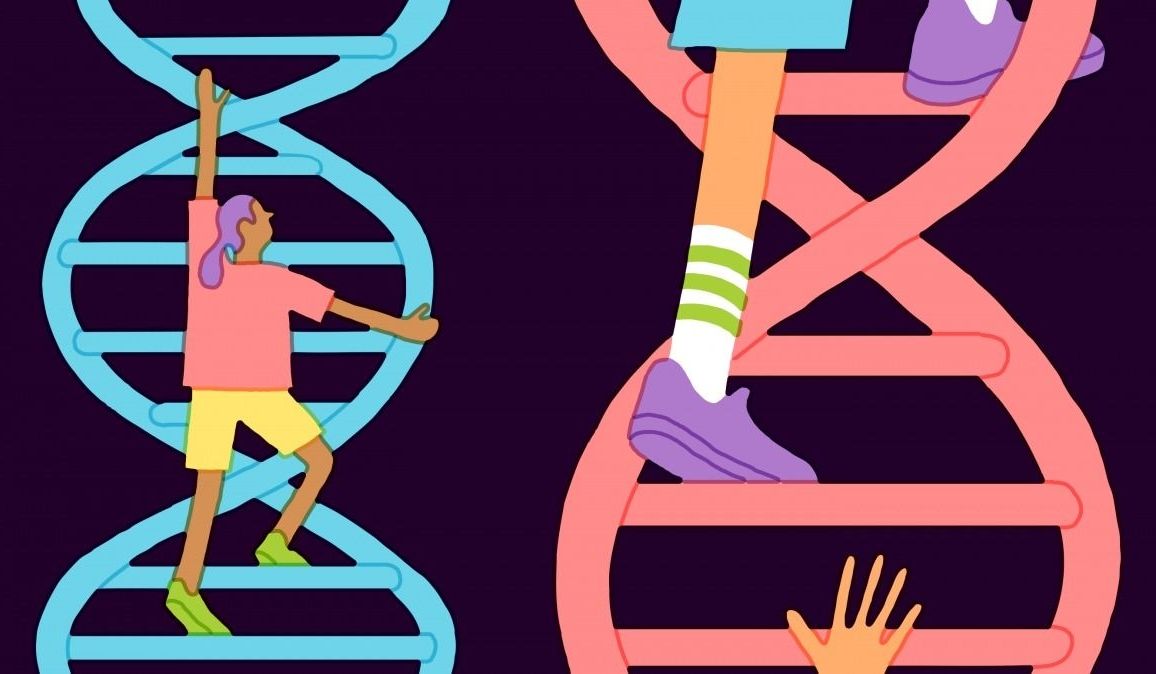



It’s not a great feeling to know that you scared your doctors. Unfortunately for a man in the UK, he recently did so: he displayed a case of gonorrhea that so dramatically resisted treatment that it chilled his physicians.
That’s partially because gonorrhea isn’t the best thing to leave untreated. But another reason: this case is a harbinger of a looming crisis.
Gonorrhea is an infection caused by a bacteria. Usually antibiotics can kill it.

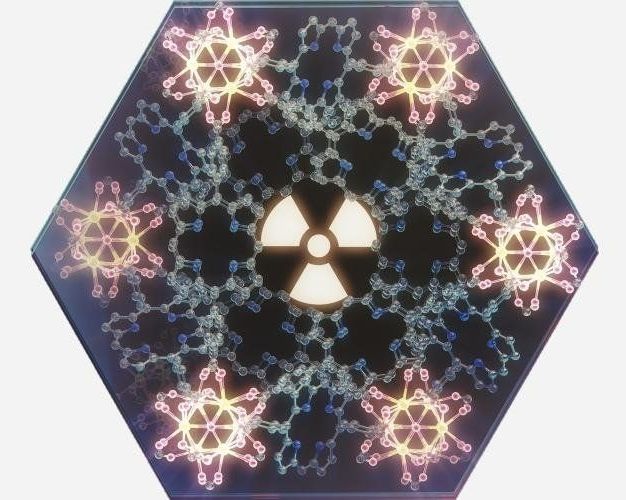
Doctors have been using radiation to treat cancer for more than a hundred years, but it’s always been a delicate art to direct treatment while avoiding healthy tissue.
To help them, scientists with the University of Chicago have designed an army of tiny flower-shaped metal-and-organic nanoparticles that deliver a one-two punch—first boosting the effects of radiation at the tumor site and then jumpstarting the immune system to search out any remaining tumors.
The research, published March 26 in Nature Biomedical Engineering, led to a candidate molecule currently beginning phase 1 clinical trials.
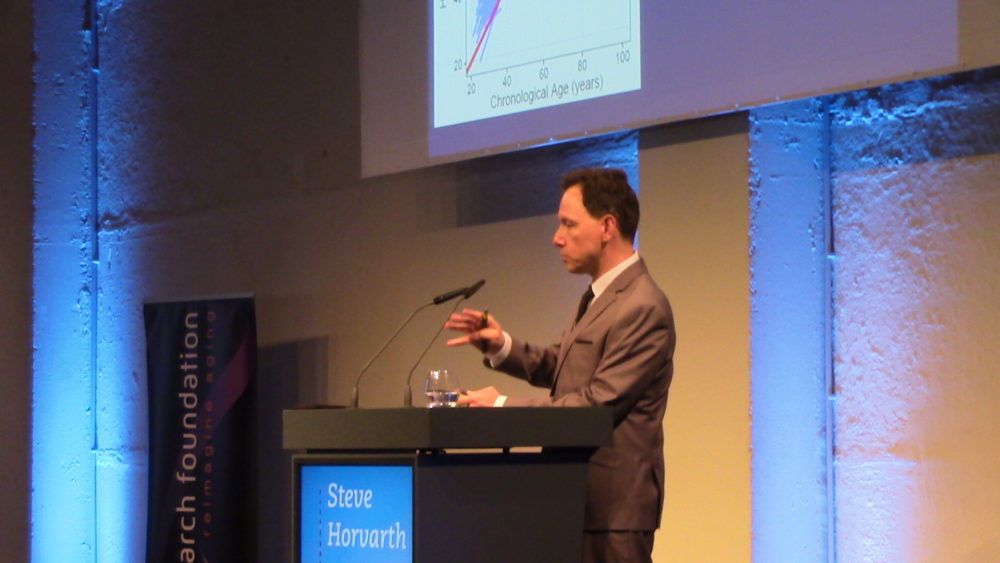
Today we bring you an interview with Professor Steve Horvath pioneer of the epigenetic clocks of aging.
Steve Horvath is a Professor of Human Genetics and Biostatistics at UCLA. His research sits at the intersection of biostatistics, bioinformatics, computational biology, cancer research, genetics, epidemiology, epigenomics, machine learning, and systems biology.
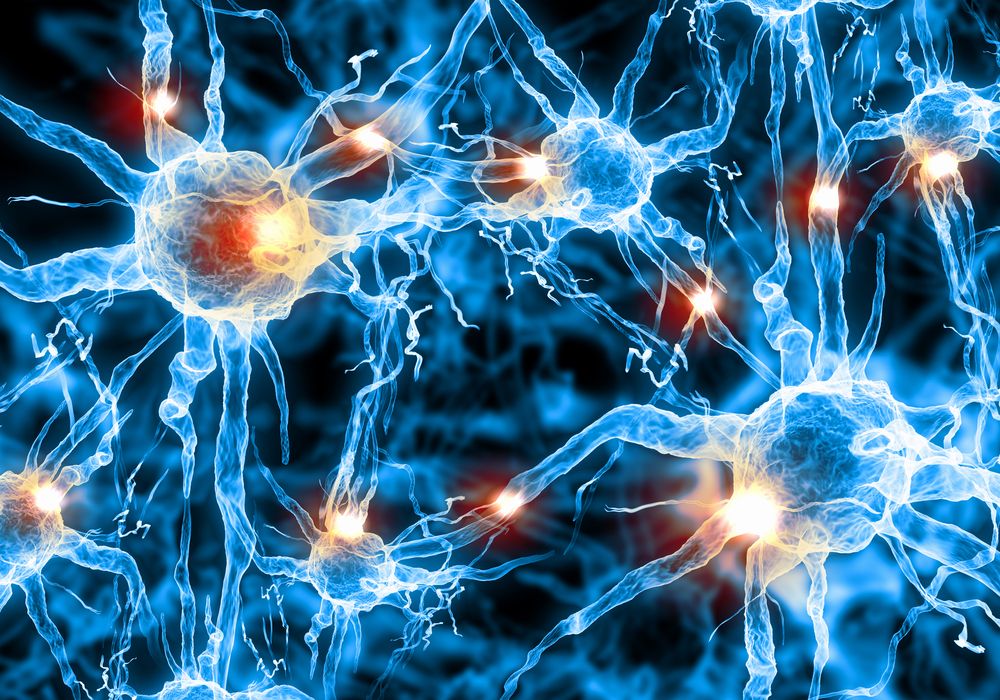
In a paper published on March 15, 2018, in the journal Science, Stanford researchers led by Dr. Dena Leeman showed that intracellular protein aggregates accumulate within the lysosomes of neural stem cells that were previously thought not to suffer from this problem [1].
Intracellular waste disposal 101
Dysfunctional proteins and organelles within a cell constitute intracellular waste that the cell needs to dispose of. To do so, the cell may avail itself of proteasomes and lysosomes. Proteasomes are protein complexes that, with the help of enzymes, break down other, unnecessary proteins into shorter amino acids that can then be recycled to build new, useful proteins. Proteasomes are found within the cell nucleus and in the cytosol—the aqueous solution in which everything in a cell floats. The discovery of proteasomes happened later than that of lysosomes, which, for a while, were thought to be the only cellular waste management systems.
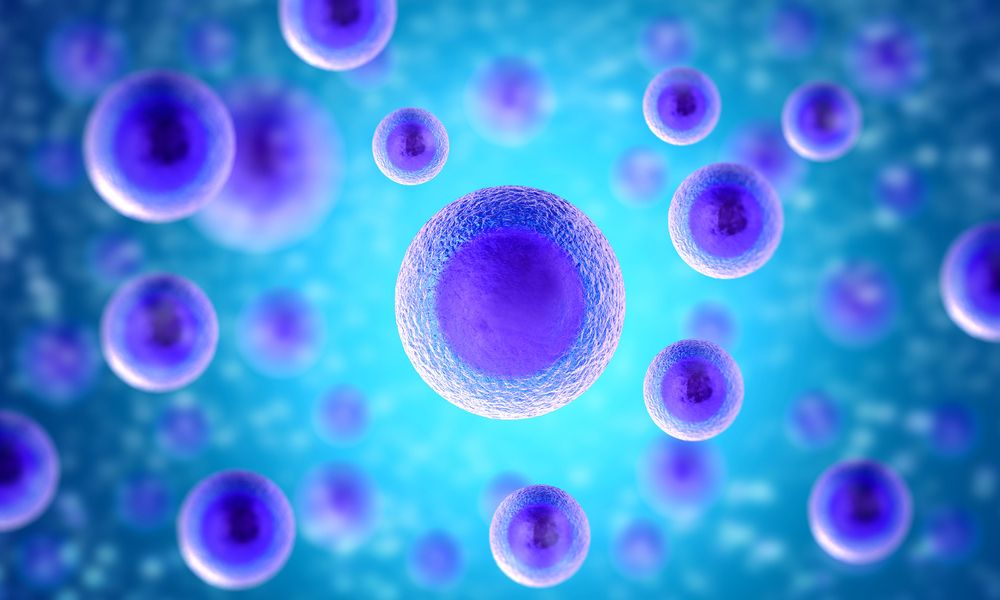
The aging process is accompanied by a chronic, smoldering background of inflammation that researchers call “inflammaging”. This backdrop of low-grade inflammation contributes significantly to mortality risk in the elderly and has a number of sources.
Today, we are going to take a look at inflammaging and the various known sources that promote this age-related inflammatory condition.
